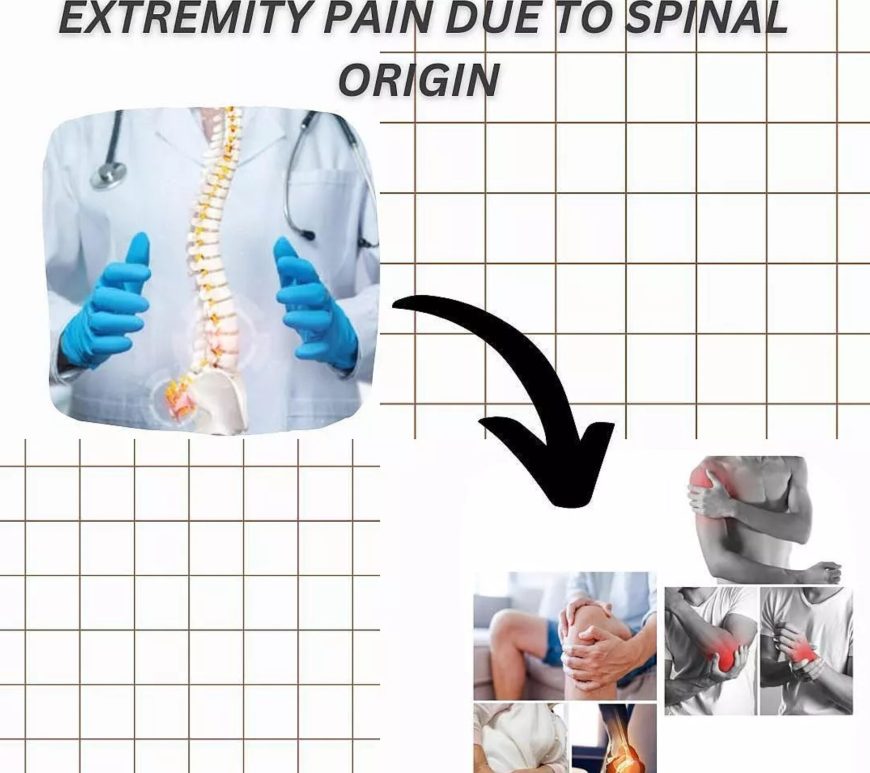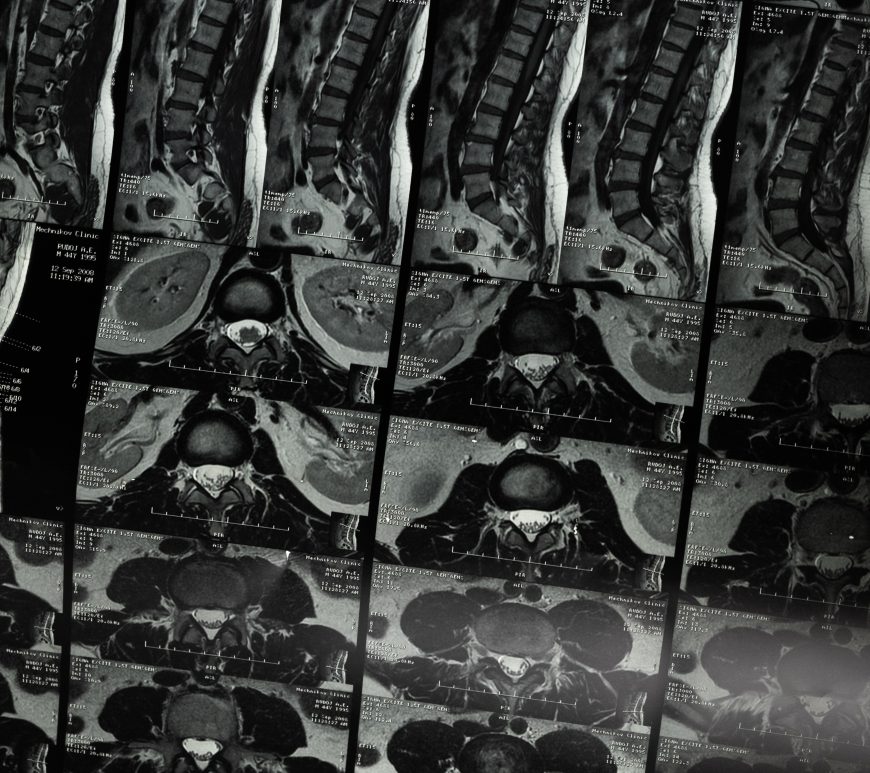
Extremity Pain of Spinal Origin: Understanding Diagnosis and Treatment
In order to distinguish between an extremity source and a spinal source of symptoms, clinicians analyze the patient’s medical history and physical exam. When spinal pain is misdiagnosed as an issue with an extremity, it can lead to a series of bad decisions and ineffective treatment (Gunn C and Milbrandt WE 1976, Hashimoto S et al. 2019, Pheasant S 2016, Walker T et al. 2018). … Continue reading Extremity Pain of Spinal Origin: Understanding Diagnosis and Treatment
